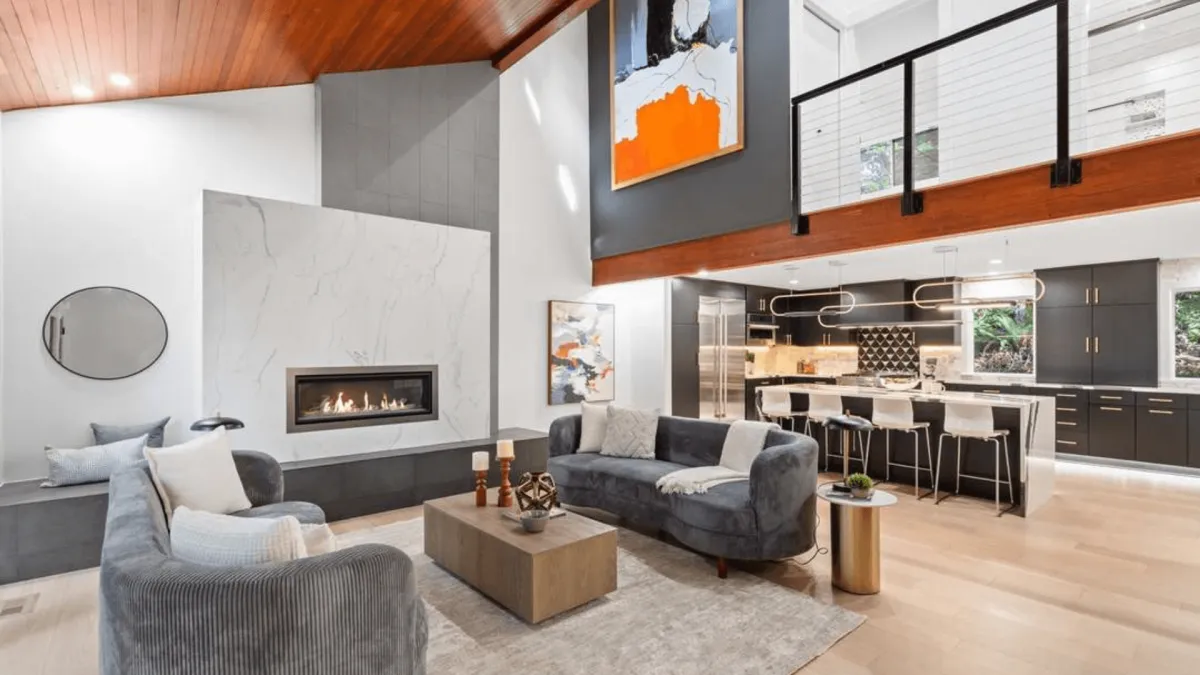Text or Call: (503) 929-6338
Oops!
It looks like the page you are looking for no longer exists.
Please check out our menu to find what you are looking for.

Stylish. Strategic. Sold.

Request a Free Proposal
Schedule a walkthrough and get expert insights on what your space needs to stand out.

Get a Custom Staging Plan
We create a tailored plan based on your space, timeline, and goals. No pressure, no guesswork.

Sell Faster, For More
Homes staged by Stage to Sell consistently close faster and for significantly more than unstaged homes.
"Package Your Home for the Real Estate Market!"
Home Staging in Portland, Oregon
Vacant Home Staging, Partial Staging & Redesign, Occupied Home Consultations, Interior Design
CCB #187261
Areas served:
Multnomah County, Washington County, Columbia County, Clackamas County, Yamhill County, Clark County, Colwitz County & Vancouver County
Copyright © 2025 Stage to Sell · Home Staging in Portland, Oregon
Staged To Sale & Northwest Home Remodeling LLC
DBA Stage to Sell LLC





